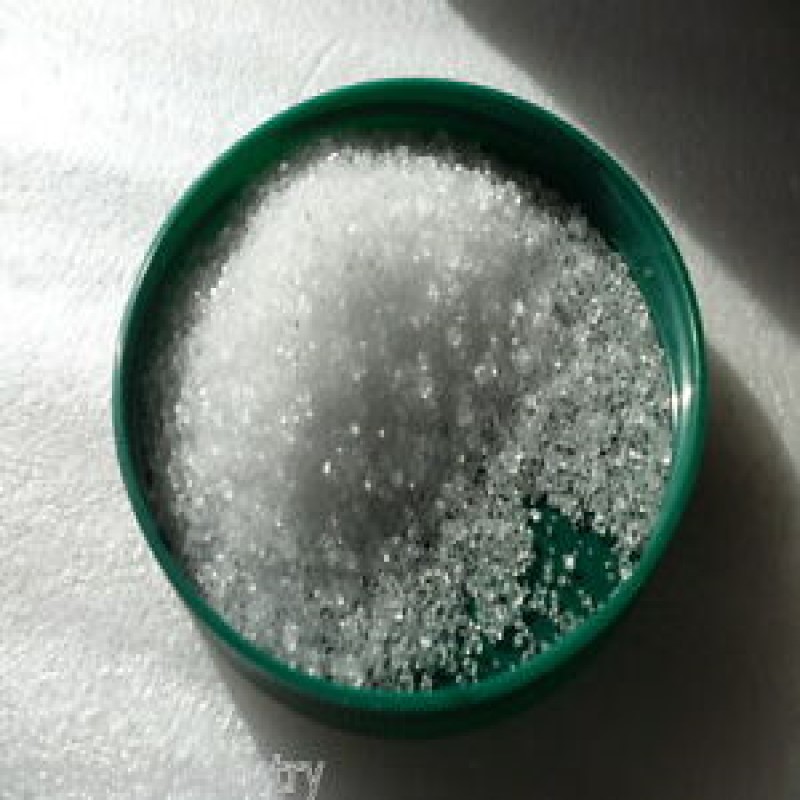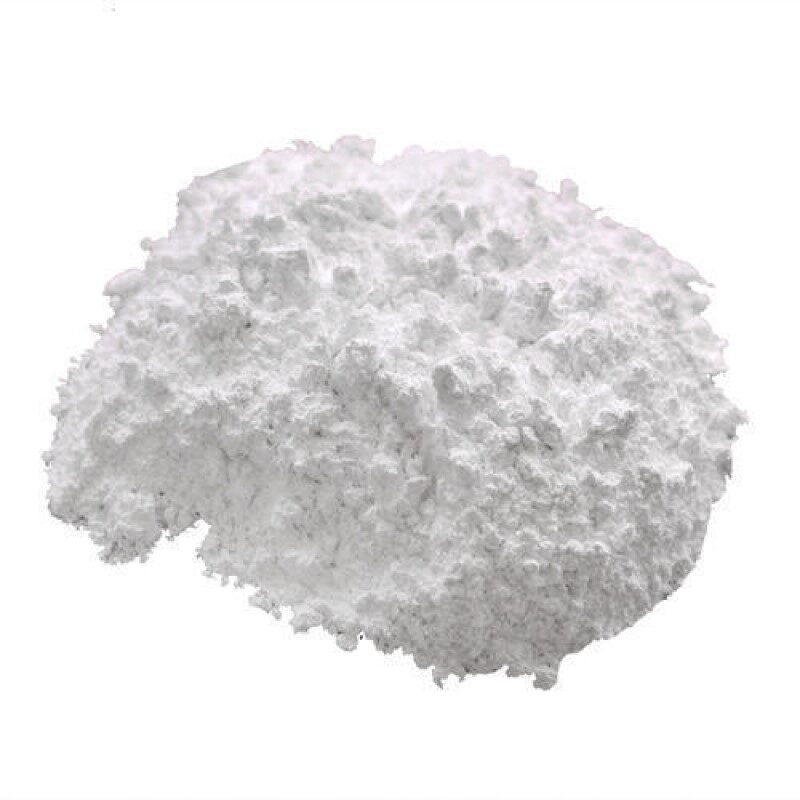Description
Remarks: The material complies with per the above specification.
Uses : Aluminium Potassium Sulphate is used for purification of drinking water as a chemical flocculant, in styptic pencil to stop bleeding from minor cuts, the adjuvant in vaccines ( a chemical that enhances the immune response), deodorant “rock”, after shave treatment, pickling agent to help keep pickles crisp, flame retardant, the acidic component of some types of baking powder, an ingredient in some homemade and commercial modeling clay, an ingredient in some depilatory (hair removal) waxes, skin whitener, an ingredient in some brands of toothpaste.
Packing: 25 kg HDPE Bags/HDPE Drum.
For AMIZARA SPECILITY CHEMICALS LLP.
MSDS
Potassium Alum or Aluminium Potassium Sulphate or Aluminum Potassium Sulfate MSDS Sheet, Material Safety Data Sheet
SECTION 1:1. Product Identification
| Product Name & Other Names : |
Potassium Alum or Sulfuric acid, aluminum potassium salt (2:1:1), dodecahydrate or potassium alum dodecahydrate or Alum Potassium Powder or Potash alum or Alum or Kalinite or Aluminium Potassium Sulphate or Aluminum Potassium Sulfate |
| CAS No.: |
10043-67-1 (Anhydrous) 7784-24-9 (Dodecahydrate) |
| EINECS EC Number: |
233-141-3 |
| Molecular Weight: |
474.38 |
| Chemical Formula: |
AlK(SO4)2 (Anhydrous) or AlK(SO4)2 12H2O (Dodecahydrate) |
| Relevant uses and uses advised against (if any) : |
Industrial Manufacturing. |
| Suppliers: |
As per letterhead. |
SECTION 1:2. Hazards Identification
GHS, Globally Harmonized System Classification in accordance with 29 CFR 1910 Classification according to Regulation (EC) No 1272/2008
Not a hazardous substance or mixture according to Regulation (EC) No. 1272/2008.
This substance is not classified as dangerous according to Directive 67/548/EEC.
Labeling according to GHS & Regulation (EC) No 1272/2008
GHS Label Elements : NONE
| Signal Word: |
None |
| Hazards not otherwise classified (HNOC): |
May causes mild skin irritation.
May causes mild eye irritation. |
Precautionary statements:
| P261: |
Avoid breathing dust/fume/gas/mist/vapors/spray. |
| P262: |
Do not get in eyes, on skin, or on clothing. |
| P281: |
Use personal protective equipment as required. |
| P302+P352 – IF ON SKIN: |
Wash with plenty of soap and water. |
| P303+P361+P353 – IF ON SKIN (or hair): |
Remove/Take off immediately all
contaminated clothing. Rinse skin with water/shower. |
| P304 + P340 – IF INHALED: |
Remove victim to fresh air and keep at rest in a position comfortable for breathing. |
| P305 + P351 + P338 – IF IN EYES: |
Rinse cautiously with water for several minutes. Remove contact lenses, if present and easy to do. Continue rinsing. |
| P337+313: |
If eye irritation persists get medical advice/attention. |
SECTION 1:3. Composition/Information on Ingredients
| Product Name & Other Names: |
Potassium Alum or Sulfuric acid, aluminum potassium salt (2:1:1), dodecahydrate or potassium alum dodecahydrate or Alum Potassium Powder or Potash alum or Alum or Kalinite or Aluminium Potassium Sulphate or Aluminum Potassium Sulfate |
| CAS No.: |
10043-67-1 (Anhydrous) 7784-24-9 (Dodecahydrate) |
| EINECS EC Number: |
233-141-3 |
SECTION 1:4. First Aid Measures
| Inhalation: |
If inhaled, remove to fresh air. If not breathing, give artificial respiration. If breathing is difficult, give oxygen. Get medical attention. |
| Ingestion: |
If swallowed, DO NOT INDUCE VOMITING. Give large quantities of water. Never give anything by mouth to an unconscious person. Get medical attention immediately. |
| Skin Contact: |
In case of contact, immediately flush skin with plenty of water. Cover the irritated skin with an emollient. Remove contaminated clothing and shoes. Cold water may be used. Wash clothing before reuse. Thoroughly clean shoes before reuse. Get medical attention. |
| Eye Contact: |
Check for and remove any contact lenses. In case of contact, immediately flush eyes with plenty of water for at least 15 minutes. Cold water may be used. Get medical attention. |
SECTION 1:5. Fire Fighting Measures
| Fire: |
Not considered to be a fire hazard. |
| Explosion: |
Not considered to be an explosion hazard. |
| Fire Extinguishing Media: |
Use means suitable for extinguishing surrounding fire. Use water spray, alcohol-resistant foam, dry chemical, or carbon dioxide. Keep in mind that addition of water can cause the formation of sulfuric acid. |
| Special Information: |
In the event of a fire, wear full protective clothing and NIOSH-approved self-contained breathing apparatus with full face piece operated in the pressure demand or other positive pressure mode. |
SECTION 1:6. Accidental Release Measures
| Personal precautions, protective equipment, and emergency procedures: |
Ventilate areaof leak or spill. Avoid breathing dust/fumes/gas/mist/vapors/spray. Use individual protective equipment (waterproof boots, suitable protective clothing, safety glasses, etc.). Restrict unprotected personnel from the area. Prevent any contact with hot surfaces. Do not approach facing the wind. Do not touch the spilled material. |
| Environmental precautions: |
Do not let the product enter drains, soil, or water sources.
Methods and materials used for containment Cleanup procedures and Storage: Contain spilled material. Cover spill with soda ash and mix. Cover with an inert, non-combustible absorbent material, (e.g. sand, earth, diatomaceous earth, vermiculite). Vacuum or sweep-up and remove to an approved disposal container. Ventilate area of leak or spill. Keep unnecessary and unprotected people away from area of spill. Wear appropriate personal protective equipment. |
SECTION 1:7. Handling and Storage
| Precautions for safe handling: |
Apply according to good manufacturing and industrial hygiene practices. Ensure proper ventilation. Wash thoroughly after handling. Do not drink, eat, or smoke while handling. Avoid contact with skin, eyes, and clothing. Minimize dust generation. Avoid breathing dust/fumes/gas/mist/vapors/spray. Avoid contact with eyes, skin, and clothing. Keep container tightly closed. Avoid ingestion and inhalation. Use individual protective equipment (waterproof boots, suitable protective clothing, safety glasses, etc.). |
| Prevent any contact with hot surfaces. Conditions for safe storage, including any incompatibilities: |
Store in cool, dry, and ventilated area away from heat sources and protected from sunlight in tightly closed original container. Keep air contact to a minimum. Store protected from heat, sparks and ignition sources and incompatible materials. Avoid contact with skin and eyes. Avoid inhalation of dust/mist/vapor. Do not store with incompatible materials like strong oxidizing agents and metals. |
SECTION 1:8. Exposure Controls/Personal Protection
| Airborne Exposure Limits: |
-OSHA Permissible Exposure Limit (PEL):
15 mg/m3 (TWA) total dust and 5 mg/m3 (TWA)
respirable fraction for Aluminum metal as Al.
-ACGIH Threshold Limit Value (TLV):
1 mg/m3 respirable fraction (TWA), Aluminum metal and Insoluble compounds, A4.
Ventilation System: A system of local and/or general exhaust is recommended to keep employee exposures below the Airborne Exposure Limits. Local exhaust ventilation is generally preferred because it can control the emissions of the contaminant at its source, preventing dispersion of it into the general work area. Please refer to the
ACGIH document, Industrial Ventilation, A Manual of Recommended Practices, most recent edition, for details. |
| Personal Respirators (NIOSH Approved): |
If the exposure limit is exceeded and engineering controls are not feasible, a half face piece particulate respirator (NIOSH type N95 or better filters) may be worn for up to ten times the exposure limit or the maximum use concentration specified by the appropriate regulatory agency or respirator supplier, whichever is lowest. A full-face piece particulate respirator (NIOSH type N100 filters) may be worn up to 50 times the exposure limit, or the maximum use concentration specified by the appropriate regulatory agency, or respirator supplier, whichever is lowest. If oil particles (e.g. lubricants, cutting fluids, glycerin, etc.) are present, use a NIOSH type R or P filter. For emergencies or instances where the exposure levels are not known, use a full-face piece positive-pressure, air-supplied respirator. |
| WARNING: |
Air-purifying respirators do not protect workers in oxygen-deficient atmospheres. |
| Skin Protection: |
Wear impervious protective clothing, including boots, gloves, lab coat, apron or coveralls, as appropriate, to prevent skin contact. |
| Eye Protection: |
Use chemical safety goggles and/or full face shield where dusting or splashing of solutions is possible. Maintain eye wash fountain and quick-drench facilities in work area. |
SECTION 1:9. Physical and Chemical Properties
| Appearance: |
Colorless crystals |
| Odor: |
Odorless. |
| Odor threshold: |
Not available. |
| pH: |
3.3 (0.2 M solution) |
| Relative density: |
around 1.73. |
| Boiling Point: |
200C (392F) Loses water |
| Melting Point: |
92.5C (198F) |
| Flash point: |
Not available. |
| Auto-ignition temperature: |
Not available. |
| Decomposition temperature: |
Not available. |
| Upper/lower flammability or explosive limits: |
Not available. |
| Vapor pressure: |
Not available. |
| Vapor density: |
Not available. |
| Evaporation rate: |
Not available. |
| Flammability (solid, gas): |
Not available. |
| Partition coefficient: n-octanol/water: |
Not available. |
| Solubility: |
14% in water, 333% in boiling water |
| Viscosity: |
Not available. |
SECTION 1:10. Stability and Reactivity
| Stability: |
Stable under ordinary conditions of use and storage. Hazardous Decomposition |
| Products: |
Hydrolyzes to form dilute sulfuric acid. Toxic and corrosive oxides of sulfur may be formed when heated to decomposition. Hazardous Polymerization: Will not occur. |
| Incompatibilities: |
Corrosive to metals in the presence of water. |
| Conditions to Avoid: |
Moisture and incompatibles. |
SECTION 1:11. Toxicological Information
| Carcinogenicity: |
No component of this product present at levels greater than or equal to 0.1% is identified as probable, possible, or confirmed human carcinogen by IARC. |
| Mutagenic Effects: |
Not available. |
| Teratogenic Effects: |
Not available. |
| Developmental Toxicity: |
Not available. |
| Reproductive Effects: |
No information available. |
SECTION 1:12. Ecological Information
| Environmental Toxicity: |
No information found. Results of PBT and vPvB assessment: This substance/mixture contains no components considered to be either persistent, bioaccumulative and toxic (PBT), or very persistent and very bioaccumulative (vPvB) at levels of 0.1% or higher. |
SECTION 1:13. Disposal Considerations
Whatever cannot be saved for recovery or recycling should be managed in an appropriate and approved waste disposal facility. Processing use or contamination of this product may change the waste management options. State and local disposal regulations may differ from federal disposal regulations. Dispose of container and unused material in accordance with federal, state, and local requirements.
SECTION 1:14. Transport Information
| DOT (USS) & ADR/RID: |
Not dangerous goods |
| IMDG: |
Not dangerous goods |
| IATA: |
Not dangerous goods |
SECTION 1:15. Regulatory Information
No SARA Hazards. See section 2.
| USA:SARA 302: |
No chemicals in this material are subject to the reporting requirements of SARA Title III, Section 302.
SARA 313: |
This material does not contain any chemical components with known CAS numbers that exceed the threshold (De Minimis) reporting levels established by SARA Title III, Section 313. |
| SARA 311/312 Hazards: |
| California Prop. 65 Components: |
This product does not contain any chemicals known to State of California to cause cancer, birth defects, or any other reproductive harm. |
SECTION 1:16. Other Information
Disclaimer:
Our company provides this Potassium Alum MSDS information sheet contained herein in good faith but makes no representation as to its comprehensiveness or accuracy. This Potash Alum SDS is intended only as a guide to the appropriate precautionary handling of the material by a properly trained person using this product. Individuals receiving the information must exercise their independent judgment in determining its appropriateness for a particular purpose.




